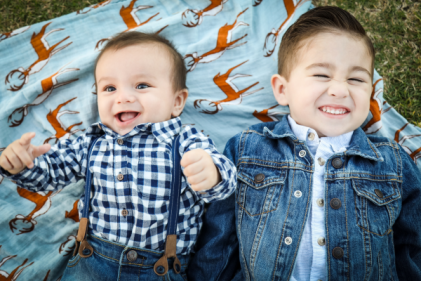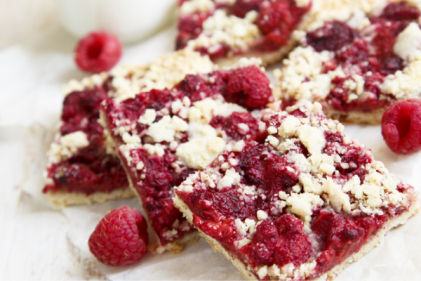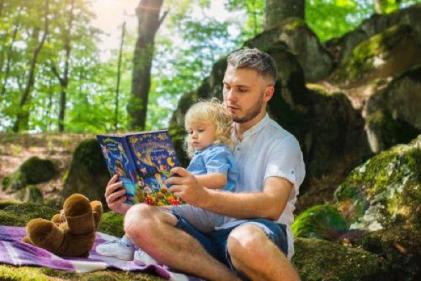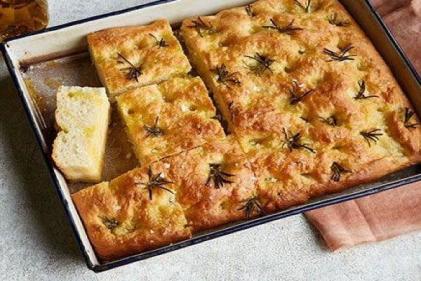 From the moment you drive them home from the hospital right through until they are about 11 or 12 years of age, your child needs to be fitted with an appropriate restraint whether they're travelling in the family car, a taxi or someone else's vehicle.
From the moment you drive them home from the hospital right through until they are about 11 or 12 years of age, your child needs to be fitted with an appropriate restraint whether they're travelling in the family car, a taxi or someone else's vehicle.
A correctly fitted child car seat will keep the child securely in their seat and prevent them from being thrown about inside or ejected from the vehicle in the event of a car collision. A child restraint will also absorb some of the impact of the force meaning that your child is much less likely to be injured or killed in a crash.
When setting out to buy a car seat it’s important that you choose one that:
- Conforms to the United Nation standard, ECE Regulation 44-03 or later version
- of the standard, 44.04.
- Is appropriate for the child’s weight and height.
- Is fitted correctly and conforms to the manufacturer’s instructions.
Depending on what your child weighs, there are different categories for child restraints. The age of your child will roughly correlate with what category your child fits into but it is your child’s weight that is the most important factor in determining
what type of child restraint to use. The type of car seat your baby will need will fall into one of the following stages:
Group 0
Rearward facing baby seat.
For babies up to 10kg (22lbs) birth to 6-9 months
Group 0+
Rearward facing baby seat for babies up to 13kg/ 29 lbs
Birth to 12-15 months
Group 1
Forward facing child seat
9-18 kg 20-40 lbs
9 months to 4 years
Group 2
Booster seat 15-25 kgs (33-55 lbs)
4 to 6 years
Group 3
Booster cushion 22-36 kgs (48-79 lbs)
6-11/12 years











